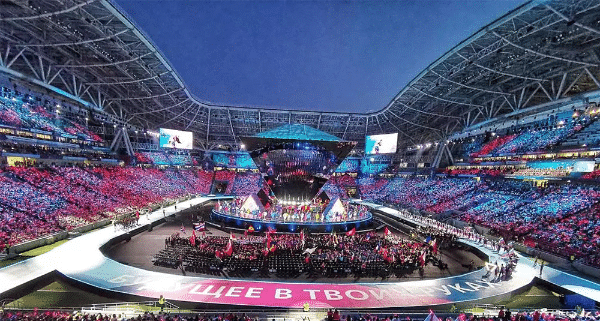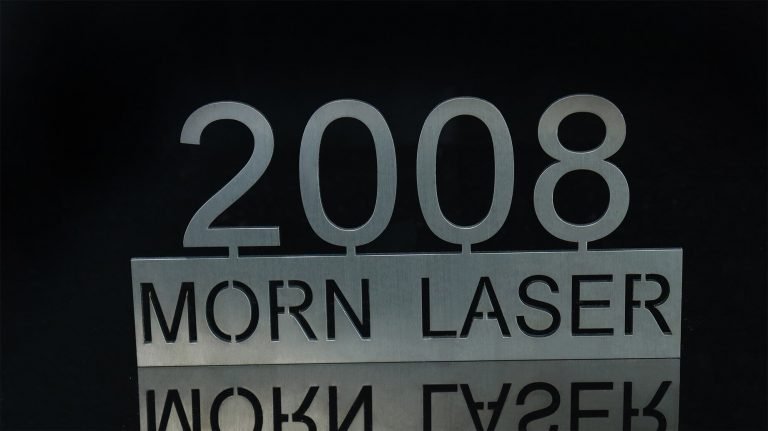Table of Contents
Difficulties and Solutions of Laser Welding for Power Battery
As an efficient and precise connection method, laser welding has obvious advantages: high machining efficiency, high machining accuracy, small heat affected zone, small deformation of weldments, high degree of automation and so on. The application of laser welding in automobile power battery welding can greatly improve its safety, reliability and service life.
There are many laser welding parts of power battery, the material is mainly aluminum alloy, a few parts are made of copper and nickel, and a few parts are made of stainless steel as the battery shell. Among these materials, the laser welding process of nickel and stainless steel is relatively simple and more mature, but there are still many difficulties in laser welding of aluminum alloy and copper. In addition to the influence of material properties, the state of welded joints also has a great influence on the welding effect.
Types and States of materials to be welded
Types of materials to be welded
When aluminum alloy and red copper are used as materials to be welded, the main reasons for the poor effect of conventional laser welding are as follows:
① Both of them are highly reflective materials for fiber laser, and their absorption rate to fiber laser is not high, which leads to poor stability in welding process;
② Both of them have good thermal conductivity, and it is difficult to form the weld seam, which is easy to produce air holes.
At the same time, there are some differences between the two materials. Relatively speaking, the absorption rate of aluminum alloy to fiber laser is higher than that of red copper, and the thermal conductivity of red copper is better than that of aluminum alloy. Therefore, there are some similarities and differences in the solutions to the difficulties of laser welding:
Aluminium alloy
- Using a relatively small focused spot (0.1 mm ~ 0.3 mm) for welding;
2 The welding speed should not be too low, and should be controlled above 60mm/s;
- Fiber-semiconductor laser composite welding;
4 Adopt wobble welding.
Copper
- Welding with small focused spot (0.02 mm ~ 0.2 mm);
2 The welding speed should be fast, and it is recommended to be more than 100mm/s;
3 Adopt wobble welding.
State of material to be welded
The state of the material to be welded mentioned in this paper refers to the surface cleanliness and pretreatment degree of the material, which will lead to the deterioration of the weld quality. The specific results and solutions:
1.There are impurities on the material surface
Difficult performance:
There are pores in the weld, which are not tight enough and have insufficient strength;
The weld has an explosion point, and the product is discarded.
Solution:
Before welding, the materials to be welded need to remove oil stains, water stains and other impurities.
2.Oxide on aluminum alloy surface is not cleaned
Difficult performance:
There are many pores in the weld, and the tightness and strength are not enough.
Unstable molding and low yield.
Solution:
The materials to be welded shall be treated with oxide film before welding, and then welded as soon as possible.
3.Rough machining of material to be welded
Difficult performance:
Uneven molding and poor appearance;
It is prone to welding leakage and has no sealing property.
Solution:
The material shall be machined, and shall be smooth and free from deformation.
Laser machine recommendation
In order to solve the problems encountered in power battery welding, aiming at the lasers involved in the above solutions, MORN Laser has introduced fiber laser machine(http://www.morntech.com/auto-laser-welding-machine/) suitable for power battery laser welding, semiconductor lasers for double laser composite welding and high-quality high-power fiber lasers, which can well cover the series of lasers required for power battery welding, as shown in the following figure.




